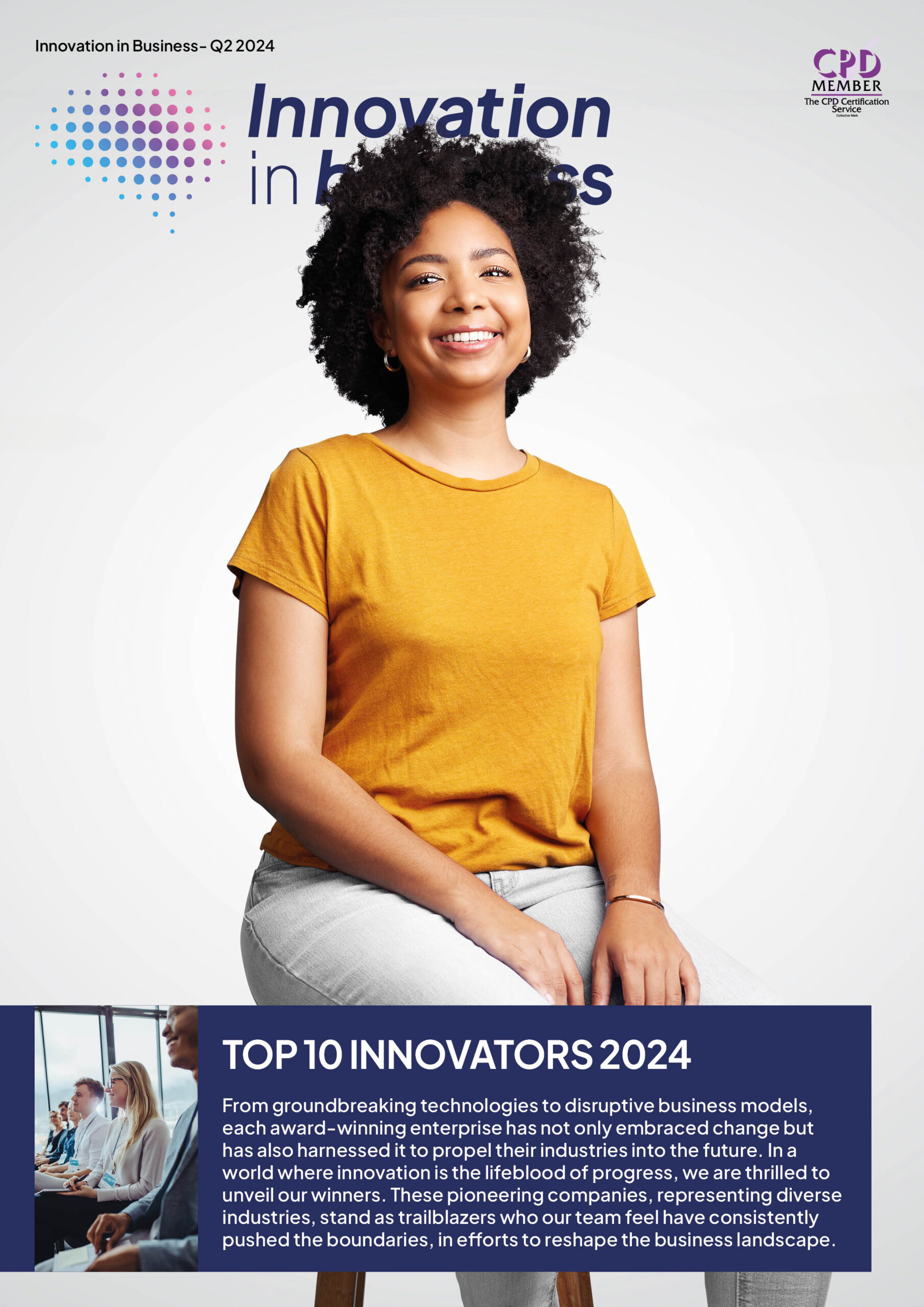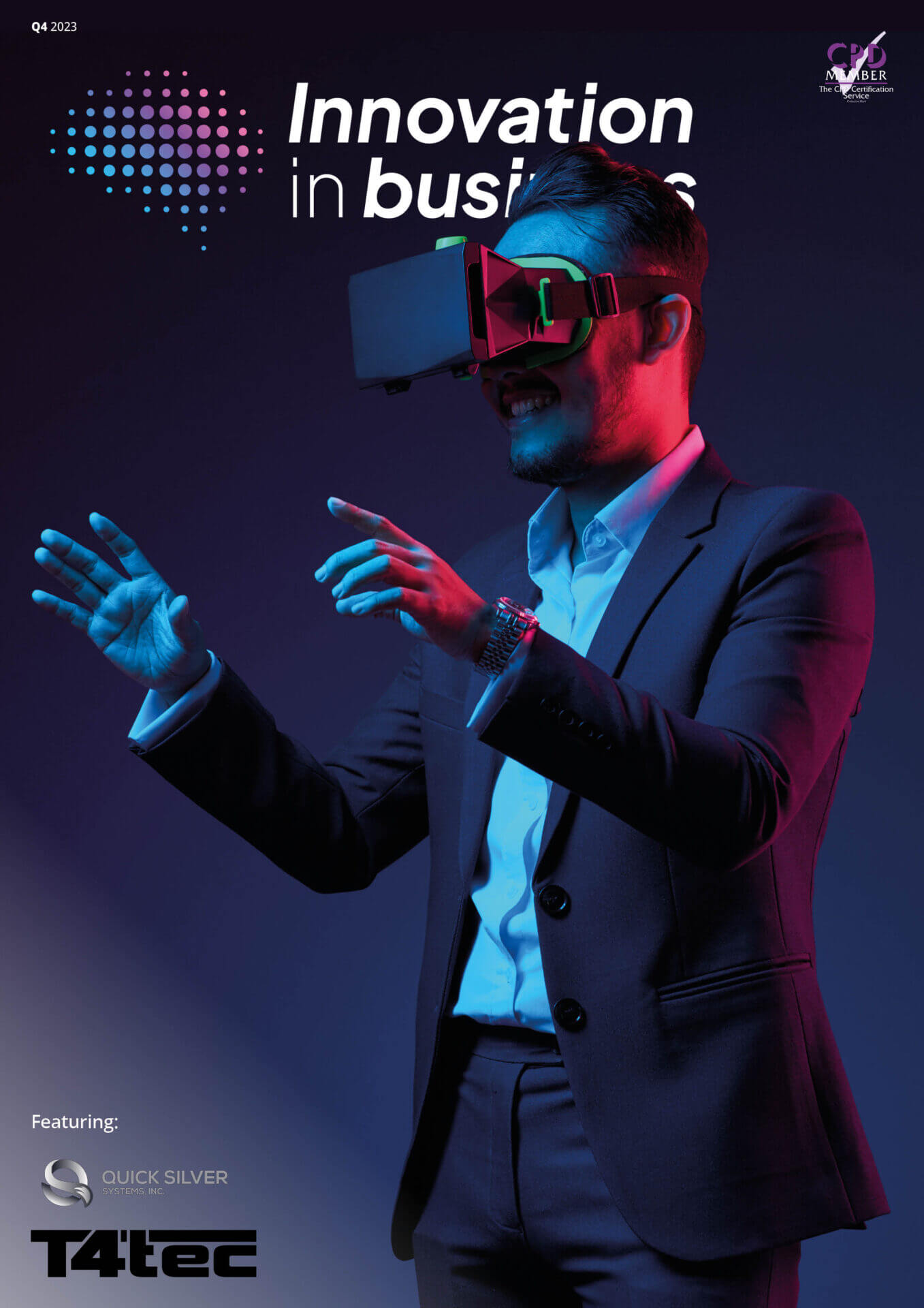Robots, the word derives from a 1920’s play but represents a variety of automated forms today. Approximately 2.25 million robotic types worldwide, and over 200 million are predicted by 2030. The future of robotics is assured as we become more familiar with and dependent on them.
Robots were first created in Japan, bringing what was science fiction to reality. Singapore, South Korea, China, and Germany are the highest producers of robotics. The first ones were limited in what they could do, but now robots are in demand to do all the menial tasks that humans prefer not to do anymore.
The advantages of robotics are many. They can do jobs that are hazardous to humans, such as fighting a fire or working in a nuclear reactor. Start-up costs may be high, but they are very cost-effective once at work. They don’t unionize, take sick days, or have healthcare issues.
They are also dedicated workers who can repeat the same action for longer and more accurately than humans. Quality control improves, and accidents decrease. Robots don’t get bored and can perform the same task flawlessly all day long, whereas a person cannot focus at the same level all day.
AI combines with robotics to facilitate human-to-robot communication and work sharing. In industry, robots work alongside humans performing quality control. AI gives robots increased capabilities such as vision ability allowing them to interact with or avoid certain items much as the human eye does.
AI allows them to navigate their environment, perceive their surroundings, and process data. It means they can be self-reliant and have increased autonomy. The future of robotics relies on all these functions combined.
On the downside, the startup costs are high, making it a risky investment in the short term. Robots will soon be doing many of the jobs that humans do, making them seem like a job threat.
However, they also create jobs and must be made and maintained by humans, so there should be a balance over time. They necessitate a trained cadre of techs to maintain them. Although this is good for job creation, it is a big expense for companies and may be more than the budget can bear.
The folks at LocoMobi World have their robotic creation designed to enhance their specialties of smart city parking, transportation support, and security. It will intentionally look like a robot, not a humanoid, and is an autonomous robot programmed to perform traffic security tasks. It epitomizes the future of robotics in the smart city.
Mobi, as it is affectionately called, will have its work cut out for it. Parking enforcement will be a big part of the job. Mobi can patrol a fixed area, ensuring no parking violations and interacting with people. You can pay Mobi for parking with a tap on its head.
Mobi will collect data as it travels around its beat, check for criminal activity, which it can report to security, and help humans get through their day. He is a functioning, autonomous creation of the post-pandemic world. There was a demand for robotics, and tech people saw an opportunity and filled it.
Robotic activities are becoming normalized, and smart cities will be full of them. Robots will greet you, admonish you to pick up your litter, drop off deliveries at your door, track cars, and monitor curbside performance. You will see Mobi instead of police, associated with traffic violations and curbside crimes.
Pretty soon, robots will be walking your dog, cutting your lawn, delivering the mail, performing room service, policing, and giving directions. These benevolent helpful creations will be everywhere. They will create a new employment industry by keeping them maintained and on the job.
Some of the most important fields using robotics are education, medicine, industry, and transportation. By the 2030s, robot-powered vehicles will be part of the smart city’s infrastructure. Various types of e-vehicles will make transportation available and environmentally friendly. The self-driving car will be the norm.
The future of robotics in the field of education is already here. Teachers may one day BE robots. There is a project called NEON where they have created humanoid AI robots with personalities and specialties that will one day be in the classroom acting in the role of teachers. The anthropomorphic design will help kids interact more easily.
Just a few short years ago, no one had a smartphone or a pc. How quickly humans have adapted to technology. The future of robotics will increase industry and grow the economy. 30% of all jobs will be automated by 2030, indicating great job losses but also freeing humans from drudgery and creating new career paths.
SOURCE: LocoMobi World INC



























